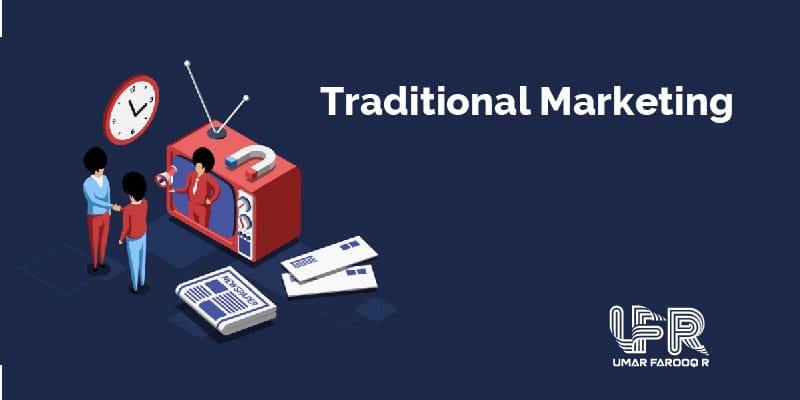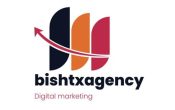Marketing is the lifeline of every business. Without it, even the best products remain unnoticed. Over the years, marketing has evolved from posters and TV ads to social media campaigns and Google Ads. But the big question is Which is better – Digital Marketing or Traditional Marketing?

What is Traditional Marketing?
Traditional Marketing refers to offline methods of promotion. It’s the form of marketing that existed long before the internet.
Examples:
- Newspaper and magazine advertisements
- Television commercials
- Radio announcements
- Flyers, posters, and billboards
- Direct mail and brochures
Traditional marketing still works well in rural areas or places where internet penetration is low.
What is Digital Marketing?
Digital Marketing is the online method of reaching customers. With more people spending time on the internet, businesses now use digital platforms to promote their products and services.

Examples:
- Social Media Marketing (Instagram, Facebook, LinkedIn, Twitter)
- Search Engine Optimization (SEO)
- Content Marketing (blogs, videos, reels, infographics)
- Email Marketing campaigns
- PPC Ads (Google Ads, Facebook Ads)
Digital Marketing allows businesses to target a global audience at a fraction of the cost of traditional marketing.
Key Differences Between Digital & Traditional Marketing
| Feature | Traditional Marketing | Digital Marketing |
|---|---|---|
| Reach | Local, regional, sometimes national | Global, 24/7 access |
| Cost | High (TV, print, billboards) | Affordable, flexible budgets |
| Targeting | Broad and general | Specific audience (age, interests, location) |
| Tracking | Hard to measure results | Easy with analytics tools |
| Speed | Slower (printing, distribution) | Instant launch |
| Engagement | One-way communication | Two-way interaction (comments, likes, shares) |
Pros & Cons
Traditional Marketing
1 Creates strong brand visibility (billboards, TV)
2 Reaches audiences with little internet usage
3 Tangible material (magazines, flyers) leaves impact
Expensive campaigns
Hard to track performance
Limited audience reach
Digital Marketing
1 Cost-effective and flexible
2 Targeted campaigns (age, location, interests)
3 Measurable with real-time analytics
4 Builds two-way interaction with customers
5 24/7 visibility & automation possible
Requires technical knowledge
Highly competitive online space
Needs continuous effort & content creation

Which One Works Better in 2025?
- Traditional Marketing is still effective for reaching older audiences or building local offline visibility. For example, a local shop may still rely on newspaper ads or posters.
- Digital Marketing, on the other hand, is dominating the market. With over 5 billion internet users worldwide, businesses can no longer afford to ignore digital platforms.
The smartest businesses today use a hybrid strategy – they combine both methods. For example, a company might advertise on TV for brand awareness and use Instagram Ads to directly target younger customers.
Why Digital Marketing is Winning the Race
- Global Reach – Your business can reach customers across countries in seconds.
- Better ROI (Return on Investment) – Even small budgets can bring big results.
- Precise Targeting – Ads can reach only those people who are genuinely interested.
- Real-time Results – Instantly check how many people viewed or clicked your campaign.
- 24/7 Availability – Unlike billboards or shops, digital campaigns run round the clock.
Final Thoughts
Both Digital and Traditional Marketing have their unique strengths. But in today’s fast-paced, internet-driven world, Digital Marketing is far more powerful, cost-effective, and result-oriented.
If you’re a small business or startup, starting with digital platforms is the smartest move. And if you already invest in traditional marketing, combining it with digital strategies will give you the best of both worlds.
At the end of the day, the goal is the same – to connect with your audience and grow your business. The method you choose depends on your budget, target audience, and long-term vision.
